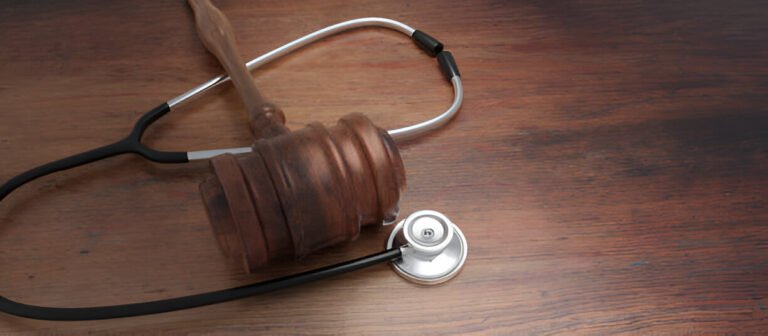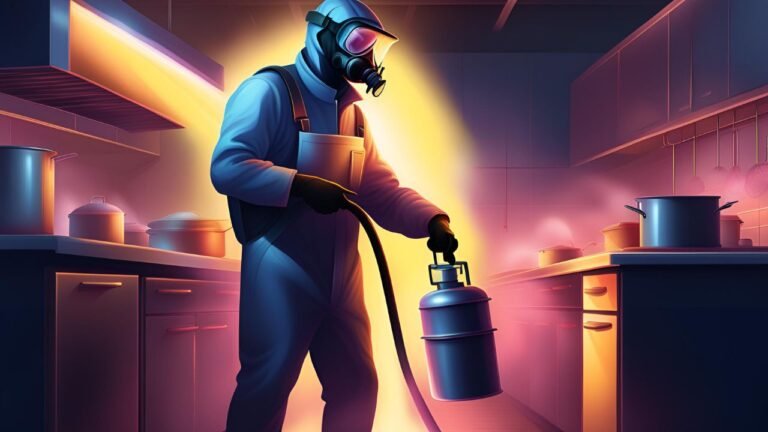Navigating the EICR Certification Process in London
Living in London comes with its own set of unique challenges, and ensuring the safety of your property’s electrical system is no exception. As a landlord or homeowner in the bustling city, you’ve likely come across the term Electrical Installation Condition Report (EICR). But what exactly is an EICR, and why is it crucial for your London property?
This comprehensive guide will equip you with all the essential information about navigating the EICR certification process in London. We’ll delve into the legalities, the inspection itself, what to expect in the report, and the steps you can take to ensure your electrical system is up to code and your property remains safe.
What is an EICR Certificate?
An EICR certificate, also known as an electrical safety certificate, is a detailed report on the condition of your property’s electrical wiring, fixtures, and fittings. A qualified electrician conducts a thorough inspection, visually assessing and testing various components to identify any potential electrical hazards. The EICR report will detail any issues found, categorize them based on severity, and provide recommendations for rectification.
Why is an EICR Certificate Important in London?
Having a valid EICR certificate plays a vital role in ensuring the safety of your London property, its occupants, and your legal compliance:
- Safety First: Faulty electrics pose a significant fire risk. An EICR identifies potential dangers like overloaded circuits, damaged wiring, or outdated installations, preventing electrical fires and safeguarding your property and its inhabitants.
- Legal Requirements: In England and Wales, the Electrical Safety Standards in Premises Regulations 2014 mandate that landlords obtain an EICR report for their rental properties every five years, minimum. This ensures tenants reside in a safe environment with a properly functioning electrical system.
- Peace of Mind: A valid EICR certificate demonstrates your commitment to electrical safety. This not only fosters trust with tenants but also provides peace of mind knowing your property is in good electrical health.
EICR Certificate in London for Landlords
London landlords must prioritize obtaining an EICR certificate to ensure their properties meet safety regulations. This certificate is the result of an electrical safety inspection, confirming that all electrical installations are safe and functional. An EICR certificate London is legally required for rental properties and helps to prevent electrical accidents, such as fires or shocks. Without a valid EICR certificate, landlords could face penalties and legal challenges. By securing this certificate, landlords can protect their tenants and demonstrate their commitment to maintaining a safe living environment.
Who Needs an EICR Certificate in London?
An EICR is primarily required for:
- Landlords: Landlords in London must obtain an EICR certificate for each of their rental properties, with a recommended renewal every five years.
- Estate Agents: Estate agents might request an EICR certificate before agreeing to manage a rental property.
- Homeowners: Although not mandatory, homeowners are highly encouraged to have an EICR conducted periodically, especially for older properties or those with outdated electrical systems. This helps identify and address potential issues before they escalate into bigger problems.
When Should You Get an EICR in London?
Here are some key situations where obtaining an EICR in London is recommended:
- Before Letting a Property: As a landlord, it’s crucial to have an EICR before letting out your property to ensure it’s safe for your tenants.
- Regular Inspections: Even if you’re not a landlord, having an EICR conducted every five to ten years for your own residence is advisable. This helps maintain a healthy electrical system and prevents potential hazards.
- After Electrical Work: Major electrical work in your property necessitates an EICR to verify the new installations comply with current regulations.
- Buying or Selling a Property: An EICR certificate can provide valuable information about the property’s electrical health for both buyers and sellers.
What Does the EICR Inspection Entail?
An EICR inspection in London typically involves the following steps:
- Visual Inspection: The electrician will thoroughly inspect your property’s electrical system, looking for signs of damage, wear and tear, or outdated components. This includes checking sockets, switches, fuse boards, bonding, and earthing arrangements.
- Electrical Testing: The electrician will use specialized equipment to conduct various electrical tests. These tests measure factors like polarity, insulation resistance, earthing continuity, and circuit loading.
- Record Keeping: The electrician will meticulously document all observations and test results throughout the inspection.
What to Expect in an EICR Report
The EICR report is a comprehensive document that details the findings of the inspection. Here’s what you can typically expect to find:
- Property Details: The report will include basic information about the property and the date of the inspection.
- Inspection Observations: This section details all observations made during the visual inspection, including any damaged components or outdated wiring.
- Test Results: The report will clearly present the results of the electrical tests, indicating whether they passed or failed.
- Condition Assessment: The electrician will categorize any issues found into three categories: C1 (Danger), C2 (Potentially dangerous), and C3 (Further investigation required).
- Recommendations: Based on the findings, the report will provide specific recommendations for rectifying any electrical hazards or deficiencies.
Understanding EICR Categories
Here’s a breakdown of the three EICR categories:
- C1 (Danger): This indicates immediate electrical hazards that pose a serious risk to safety. These issues must be addressed immediately.
- C2 (Potentially Dangerous): These are electrical defects that could potentially become dangerous if not resolved within a reasonable timeframe.
- C3 (Further Investigation Required): This category suggests that there are potential electrical problems that require further investigation to determine their severity.
Rectifying EICR Issues
If your EICR report reveals any issues, it’s essential to address them promptly. The electrician will provide specific recommendations for rectification. Depending on the severity of the problem, you may need to hire an electrician to carry out repairs or upgrades.
Maintaining Electrical Safety in London
To ensure the ongoing safety of your London property, it’s crucial to follow these guidelines:
- Regular Inspections: Have an EICR conducted every five years to identify and address potential electrical problems.
- Electrical Maintenance: Conduct regular maintenance on your electrical system, including cleaning switches and sockets, checking for loose connections, and replacing damaged components.
- Avoid Overloading Circuits: Be mindful of the total power consumption on your circuits and avoid overloading them.
- Use Safety Devices: Install smoke detectors, fire alarms, and residual current devices (RCDs) to enhance safety.
- Hire a Qualified Electrician: For any electrical work, always engage a qualified electrician to ensure compliance with regulations and safety standards.
Conclusion
Navigating the EICR certification process in London is crucial for ensuring the safety and compliance of your property. By understanding the importance of EICRs, the inspection process, and the potential issues that may arise, you can take proactive steps to maintain a safe electrical environment for yourself and your occupants.
Remember, a well-maintained electrical system is not only a legal requirement but also a vital investment in the safety and value of your London property.






